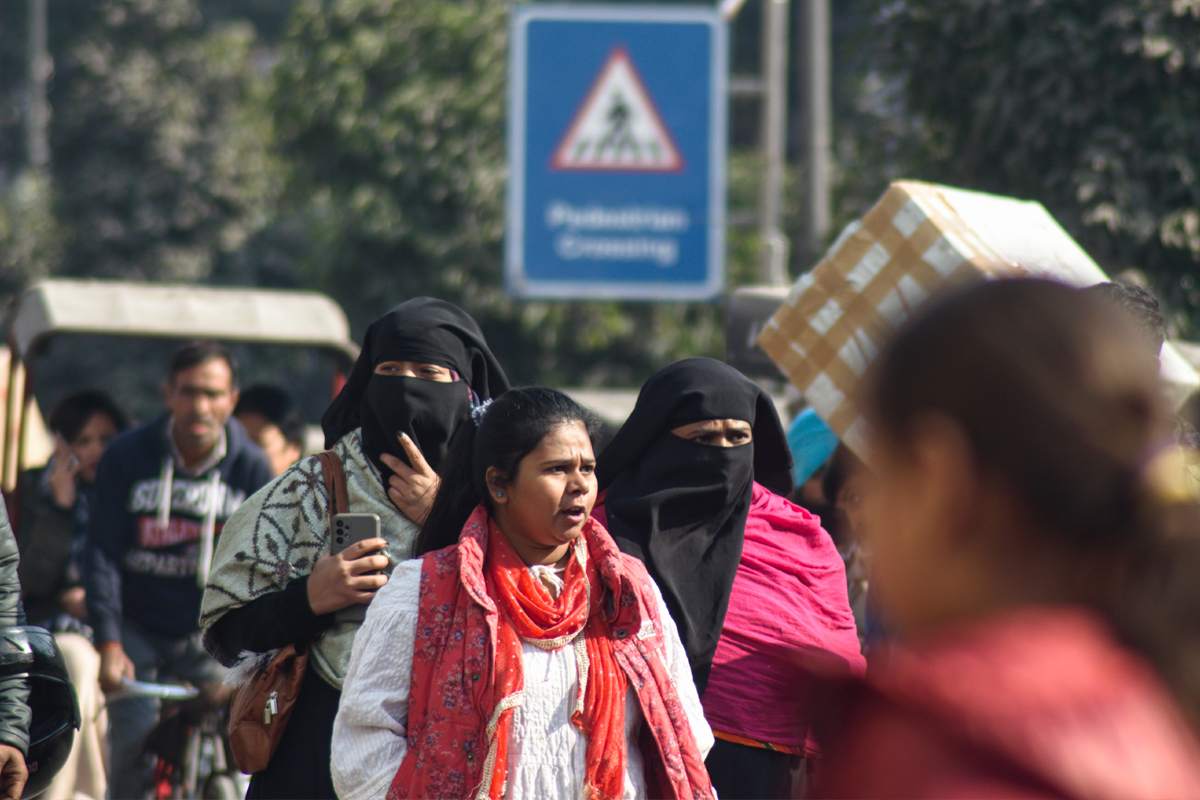

In some cases, minority communities have gained more than the majority.

New Delhi: The poorest 20% of Muslim households in India have benefited the most from Indian government schemes, reveals a recent working paper by the Economic Advisory Council to the Prime Minister (EAC-PM). The study analyzed self-reported data from over 1.2 million households between 2015 and 2021 across various parameters, including access to basic amenities. The report highlights that there is no evidence of discrimination in the provision of basic amenities across religious and social groups or geographies.
In some cases, minority communities have gained more than the majority. However, the government needs to focus on uplifting the poorest 20% across religions and social groups by improving access to amenities like LPG and water on-premises, according to the report.
The data provided shows significant improvements in access to basic amenities across all religious groups in India. Access to electricity has increased from 53% in 2015-16 to 85% in 2019-21, with the most significant improvement observed among the poorest 20% of Muslim households at 71%. The percentage of the poorest 20% of households with bank accounts has increased from 74% in 2015-16 to 93% in 2019-21, with the Muslim community seeing the biggest gain.
In terms of access to mobile phones, the highest target achievement for religious clusters was observed in the Muslim and the Hindu + Muslim clusters at 37% and 33%, respectively. The report also indicates an increase in access to mobile phones, with the poorest 20% of households reaching 79% in 2019-21.
Access to toilet facilities has also seen an increase, with only 12% of the poorest 20% of households having access to a toilet in 2015-16, compared to 48% in 2019-21. The report shows that the Sikhs and Muslims had the most significant target achievement, with over 50% of households having access to a toilet. Access to water on-premises has also increased from 43% in 2015-16 to 54% in 2019-21.
The study emphasizes that the government needs to focus on uplifting the poorest 20% across religions and social groups to ensure equitable access to basic amenities. The report’s findings indicate a positive trend in the availability of electricity, banking services, mobile phones, toilets, and water across religious and social groups in India.